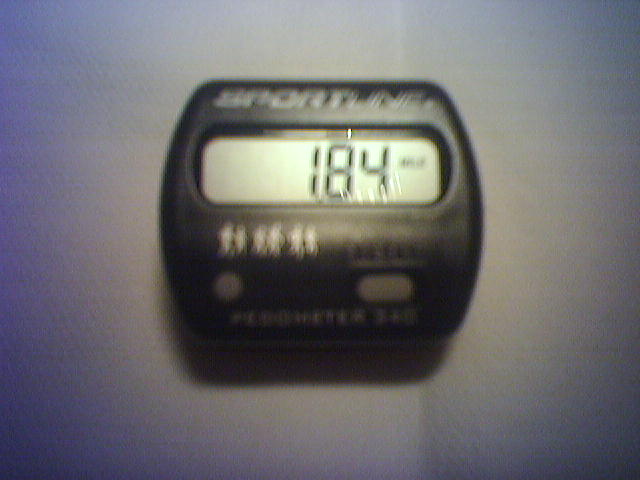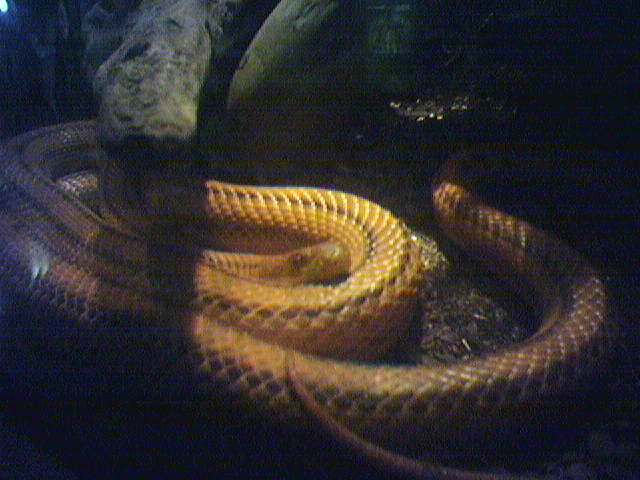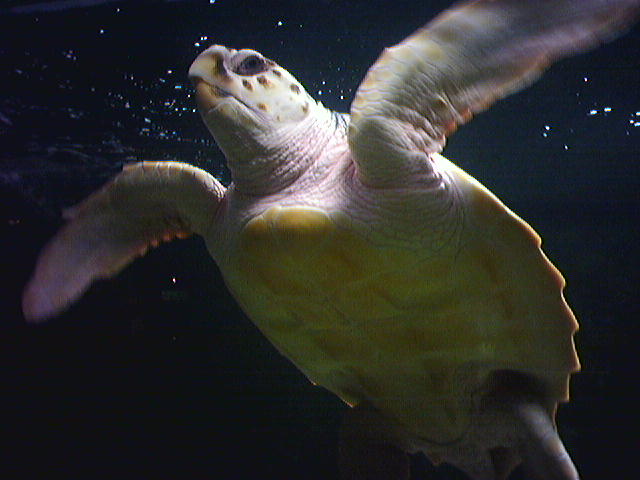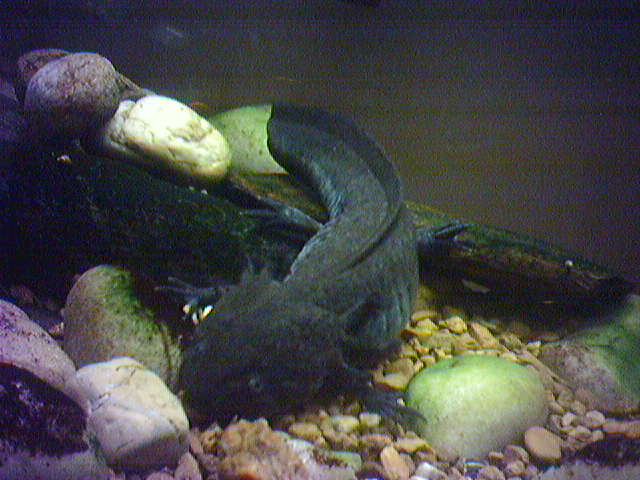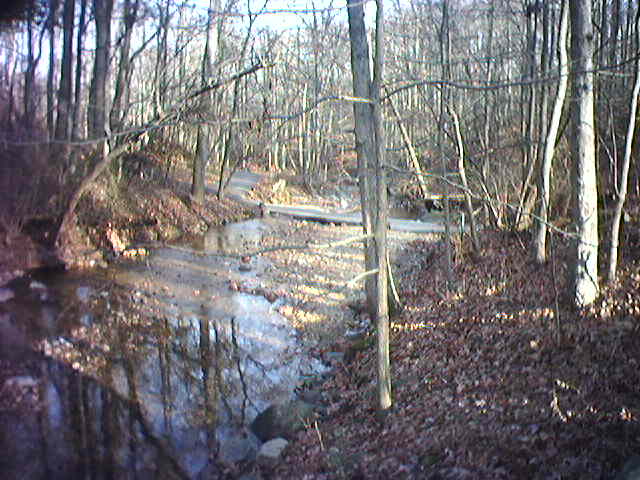Mauch, J. E., & Park, N. (2003).
Guide to the successful thesis and dissertation: A handbook for students and faculty, 5th ed. New York: Marcel Dekker.
From Chapter 4: Preparation of the Proposal
1. Tentative title (What do you call what you want to do?)
Secondary science teachers' goals and tasks assigned in required versus elective courses. 2. Why do you want to do it? What will you be able to say or do when you are through?
I would like to say that school-level structural variables can influence the nature of goals-setting and task complexity. If true, antecedant factors can create a condition of resistant to science reform. 3. What steps will you have to take?
Identify previous studies in relation to the concept of goal-setting for teachers. Identify relevant instruments, if any. Create survey instrument. Access relevant sample. Administer instrument. 4. What kinds of help will you need?
Need help with the writing of all aspects of the research proposal. Need help with all aspects of instrument creation and validity. Need help accessing relevant sample. Need help with statistical analysis. 5. Will the project involve people other than yourself?
See #4 above. 6. What would a particular day be like at the beginning, partway through, at the end?
Beginning: HSRB, getting list of teachers, working on instrument, reviewing literature. Partway through, administering instrument, prepare database for analysis. Towards end, running statistical analysis, writing discussion.7. How could you prove it to someone else?
Because little work has been done in this area, the argument and results need to be clear and consistent. I. Introduction
1 or 2 pages. Describe study and why it is important. II. The problem
A. Rationale, significance, or need of study
Link to Intro. Then 3 or 4 sentences about purpose, chief reason, potential value, and urgency. B. Theoretical framework for the proposed study
It should be made clear whether framework is pragmatic, eclectic or focused on single theory. Framework should be stated with references to primary sources. C. Statement of the problem
State your concept of the problem. Build on the intro to provide info on reasons why study is proposed, what it should accomplish, and the anticipated outcomes. Problem statement follows the purpose statement. Expressed as question or statement. Give essential info about scope of the study, and suggests how study will be carried out. D. Hypotheses, theories, research questions to be investigated
E. Delimitations, limitations
Limit may affect study but not under researcher control. Delimit usually size or nature of group. F. Definition of terms
G. Summary
III. Review of the literature
A. Historical overview of theory and research literature
B. Theory and research literature specific to dissertation topic
C. Research in cognate areas relevant to topic
D. Critique of validity of appropriate theory and research lit
E. Summary of what is known and unknown about topic
F. The contributions this study will make to the lit
IV. Research procedures
A. Methodology
B. Specific procedures
C. Population and Sampling
D. Instrumentation
E. Pilot work
F. Data collection
G. Treatment of data
H. Summary


